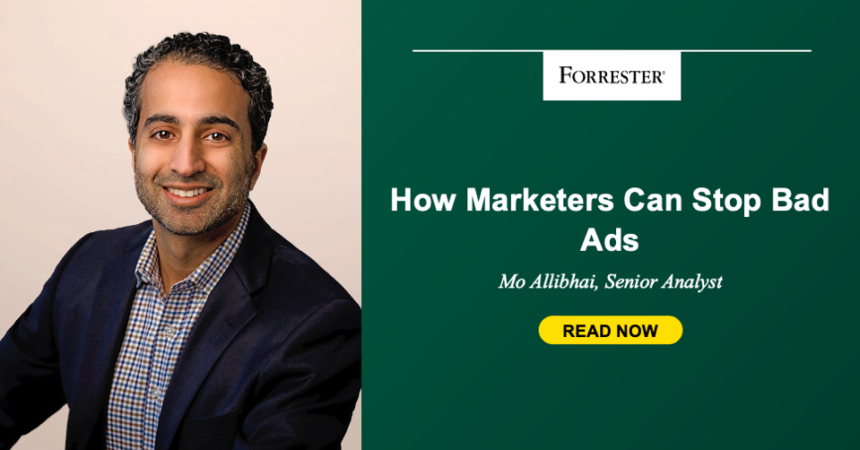In 2024, digital marketers and publishers have a unique opportunity to rebuild trust in digital advertising and the internet overall. Given how loose security standards are across the programmatic ecosystem, this requires abandoning “blind programmatic” in favor of more coordinated, stringent buying strategies. 2023 was an eventful year for bad ads, which Forrester defines as “ads that use inappropriate, misleading, or malicious content to confuse or scam consumers”:
It seems that we haven’t turned the corner just yet. 2024, which only just began, has already seen viral deepfake ads of UK Prime Minister Rishi Sunak and Taylor Swift. We’re also facing the most expensive election cycle in US history, with multiple foreign actors looking to sway or benefit from the outcome. Titans of generative AI promise generational leaps forward in their capabilities and fidelity, while major governments are maintaining a largely laissez-faire approach to regulating its sale and usage.
Maintaining the status quo, one of lax and reactive enforcement of problems after damage has been inflicted, has proven to be untenable — users are adopting ad blockers and losing faith in digital ads, reducing the effectiveness of brand ad dollars. Advertisers, agencies, and publishers must actively collaborate to tighten the programmatic security environment. In my newly published report, Bad Ads: All The Ways Ads Misbehave And How To Stop Them, we offer marketers practical steps to curb the flow of bad ads — most importantly, making sure that every ad dollar goes to demonstrably safe publishers and that all creative is light and high-quality, making it immediately distinguishable from a bad ad.
Check out the full report here, and request a guidance session to discuss your ad quality and security standards.








